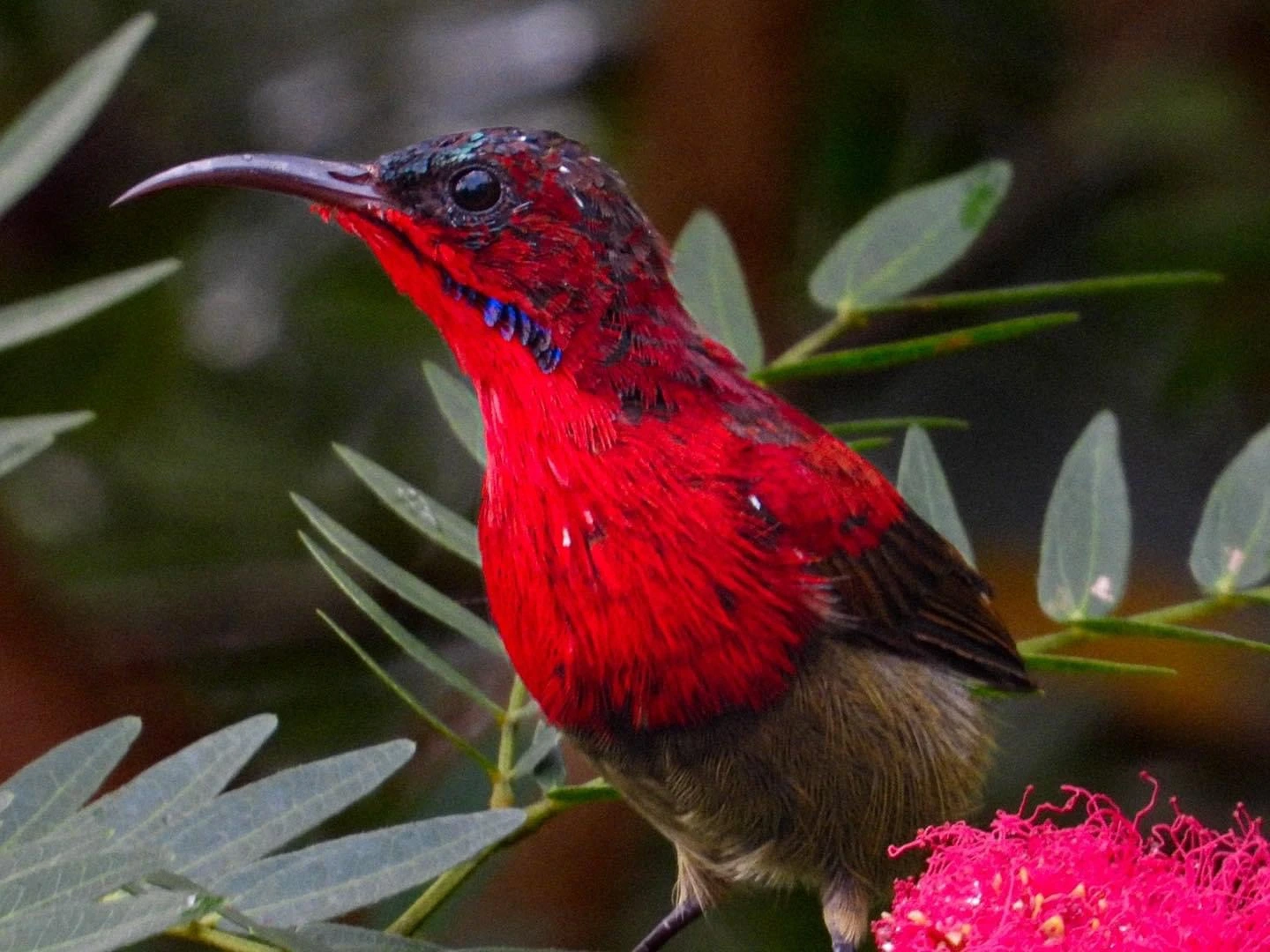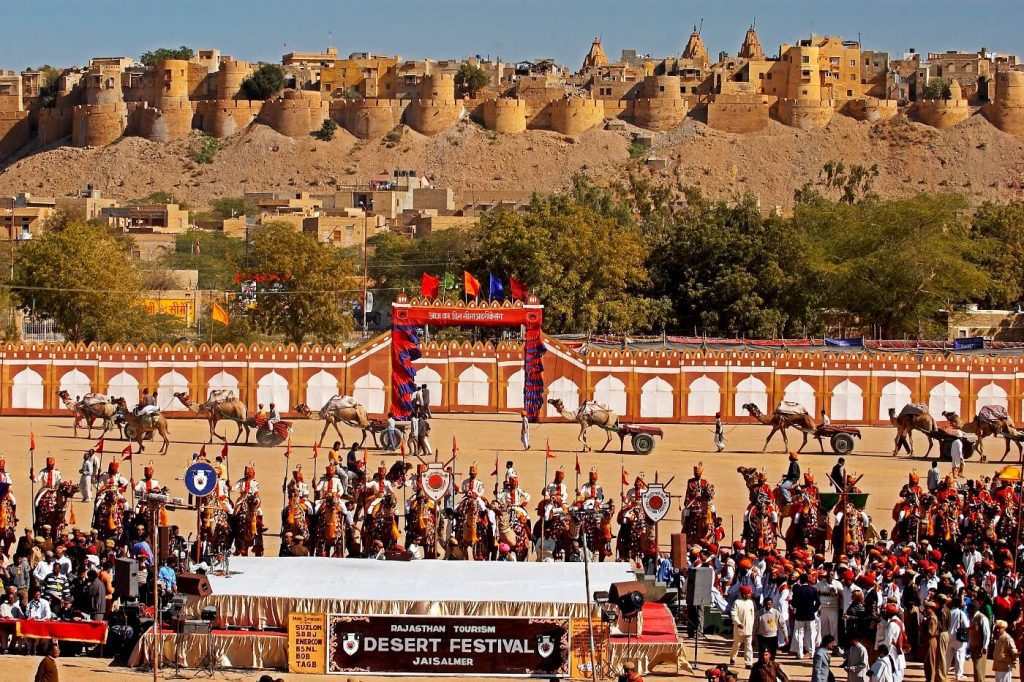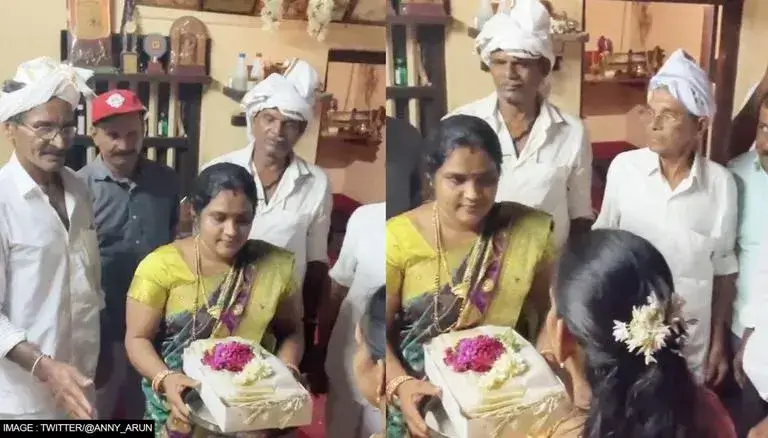
Shobha and Chandappa were married in holy matrimony on July 28, 2022. The wedding occurred in the bride’s ancestral home in Karnataka’s Dakshina Kannada district. Shobha wore a dhare saree from the groom’s family, adorned with traditional ornaments and jasmine blossoms. Chandappa was dressed in a white mundu. Their horoscopes were perfectly aligned, their families approved their marriage, and auspicious garlands were exchanged later. Following the ceremony, the guests were treated to a lavish meal. It was like any other South Indian wedding, except Shobha and Chandappa had been dead for 30 years. They had breathed their last breath while still infants. Their miniature effigies, carved from wood and thatch, observed the wedding ceremonies.
They say marriages are made in heaven, except that these marriages are for those who are already in heaven. It is known as ‘pretha kalyanam’ (ghost marriage) and is still practised by several communities in Karnataka and Kerala’s Kasaragod district. The marriage ceremony is conducted between a bride and a groom who died as babies or teenagers under the age of 18. Outsiders and city dwellers often dismiss them as superstition, but the communities here believe such marriages are a way of honouring the dead. However, the scope of the practice is unknown because posthumous marriages are not legally recognised. A revelatory Twitter thread by a Youtuber named Anny Arun documents the wedding of a groom and bride dead for 30 years.
The Reasoning Behind Pretha Kalyanam
The tradition arose from the belief that “life is incomplete without marriage” and that the soul of an unmarried departed family member may wander on forever without ‘Moksha.’ A ‘Pretha Kalyanam’ aims to prevent bad things from happening to a specific family. People in these communities believe that if any of their children die before the age of 18, their souls wander in search of peace. This, in turn, is thought to bring bad luck to the deceased’s family members, particularly the deceased’s siblings.
The problems that their siblings may face include obstacles in marriage and difficulties in conceiving children. In such cases, the family seeks the advice of an astrologer, who informs them that the child’s soul, who died many years ago, must be laid to rest. He claims that a posthumous wedding is an infallible solution for warding off bad omens and bringing salvation to the spirits of those who died before they could marry. Families then believe that only when their marriages are solemnised will their loved ones be granted salvation. The clan arranges a formal wedding ceremony so that their children can finally be laid to rest.
[Also read: The Bone Chilling Mystery of Roopkund Lake]
Ghost Nuptial Rituals
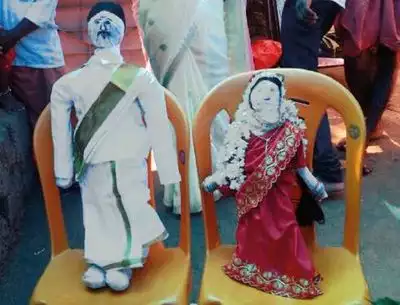
Pretha Kalyanam begins with the search for a suitable bride or groom for the recently deceased. A learned astrologer matches the horoscopes of the young ones, and a betrothal is solemnised only if both families agree. The bridegroom should be at least two years elder to the bride to get engaged.
The marriage is conducted at night, usually during Amavasya, the lunar phase of the new moon in Sanskrit, in the groom’s family home. The groom’s family arrives at the bride’s door on the wedding day, bearing gifts. The deceased couple are represented by effigies made of wood and hay, and their marriage ceremony will take place under a tree, which is meant to represent the wedding hall.
Families carry effigies dressed in traditional attire to represent the spirits of the dead. Mantras are recited, garlands are exchanged, and vermilion is smeared amid the bride’s brow. From Saptapadhi, the seven-step Hindu marriage ritual that cements the union of husband and wife, to Kanyadaan and the Mangalsutra ritual, the couple is carried by the families for each nuptial. The bride’s brother walks around the wedding hall, holding the effigies.
The wedding concludes with a lavish meal served on a banana leaf to the relatives and guests. This feast includes the popular dishes found at a typical Karnataka wedding. Several dishes are prepared for the lavish dinner of the dead couple, including Semige (Idiyappam), Idli, Chicken Curry, Chicken Sukka, Kadle Balyar, Mutton Gravy, Fish Fry, and Steamed Rice. After the feast and the guests have left, the groom’s family departs with the bride’s effigy. At night, the newlyweds’ figurines are placed under a Sataparni tree or immersed in a body of water. Some families choose to cremate the effigies together, completing the ritual.
What Now That The Dead Are Married?
As part of completing this process, food is served to the ancestors in sixteen leaves. Along with this, two leaves are served separately, along with a prayer to the boy and girl spirits to join the ancestors. After the prayer, the two leaves are placed along with the sixteen leaves as a way to integrate the married couple with the ancestors. In keeping with tradition, the bride switches places with her groom and will sit to his left for eternity, “wherever they go.”
The practice has largely vanished from public view due to rapid urbanisation, industrialisation, and high literacy rates in both Kerala and Karnataka. The decline has also been attributed to scepticism among younger generations, who dismiss it as superstition. As a result, intimate and discreet gatherings of only close family members are more common than past events involving entire neighbourhoods.
[Also Read: Would you Dare Visit these 9 Most Haunted Places in India?]
Ghost Marriages Around the World
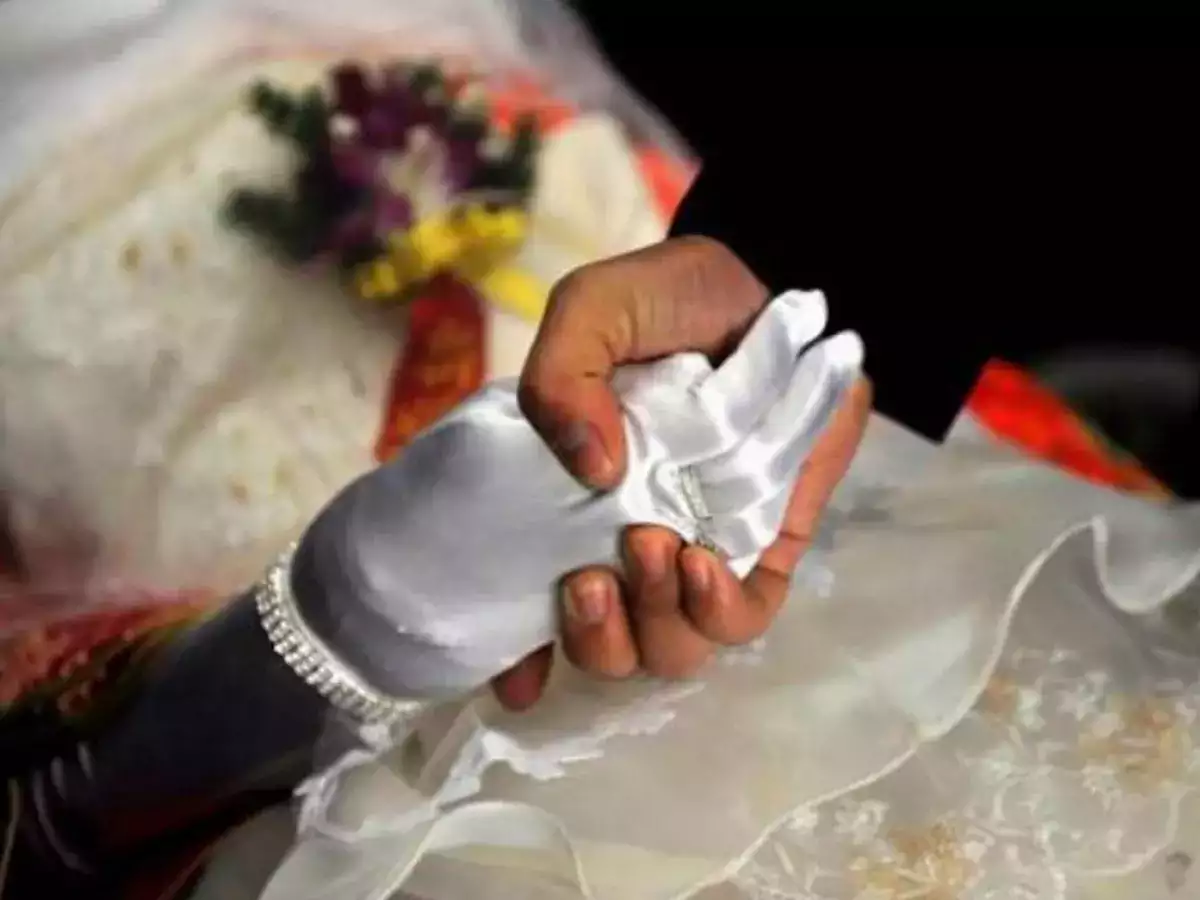
The concept of Pretha Kalyanam is not unique to India. For example, spirit weddings are typical in China, Sudan, and France. However, different cultural traditions and legal procedures exist. For example, marriages are arranged between the dead in China’s “ghost marriages,” which began 3,000 years ago and sometimes involved a living person marrying a corpse. Posthumous marriage is an ancient custom in rural Shanxi. However, the practice is often dictated by tradition, and many locals consult fortune tellers who claim that if one of the family members dies unmarried, the family will be cursed. As a result, parents who lose a son frequently go to great lengths to find a “ghost daughter-in-law.” The Chinese Communist government outlawed the practice in 1949, but it still thrives in the country’s remote villages. Even matchmaking services are set up for families to pair dead bachelors with the corpses of women. As a result of the practice, criminal activities such as illegal exhumations and the sale of corpses to bereaved families have occurred.
In France, posthumous marriages between living and deceased people are legal. Still, they are uncommon, with a rigorous application process and permission granted only at the discretion of the French president.
In the Nuer tribe of South Sudan, the groom’s brother was commonly used as a stand-in for the deceased fiancé in the wedding ceremony, though the brother would have to engage with “his brother’s wife” as her faithful husband. As a result, any children born from the union of the deceased groom’s brother and the wife would be considered the offspring of the dead man rather than the living brother. For many Sudanese women, ghost marriages are a way to keep their wealth rather than share it with a man or lose it entirely.
As mentioned above, while ghost marriages are conducted differently around the world, they encompass a broad spectrum of cultural practices. This type of alliance could range from securing property to ensuring a lineage’s legacy. Yet, at the heart of these marriages is the universal predicament of human grief.
Last Updated on January 19, 2024 by Swati Deol



